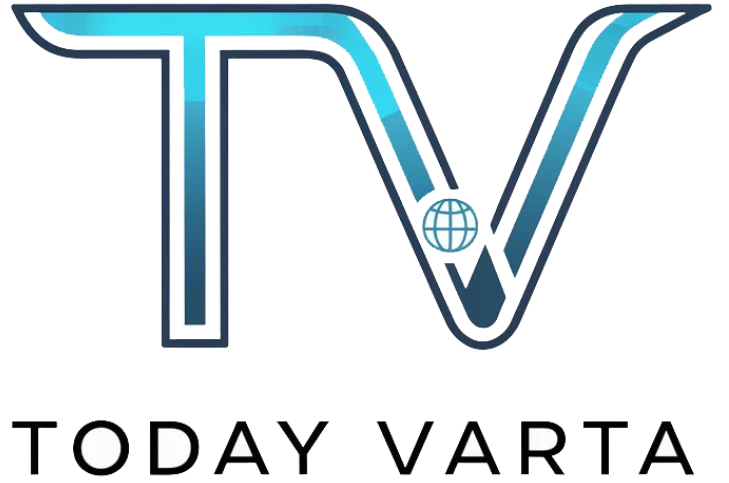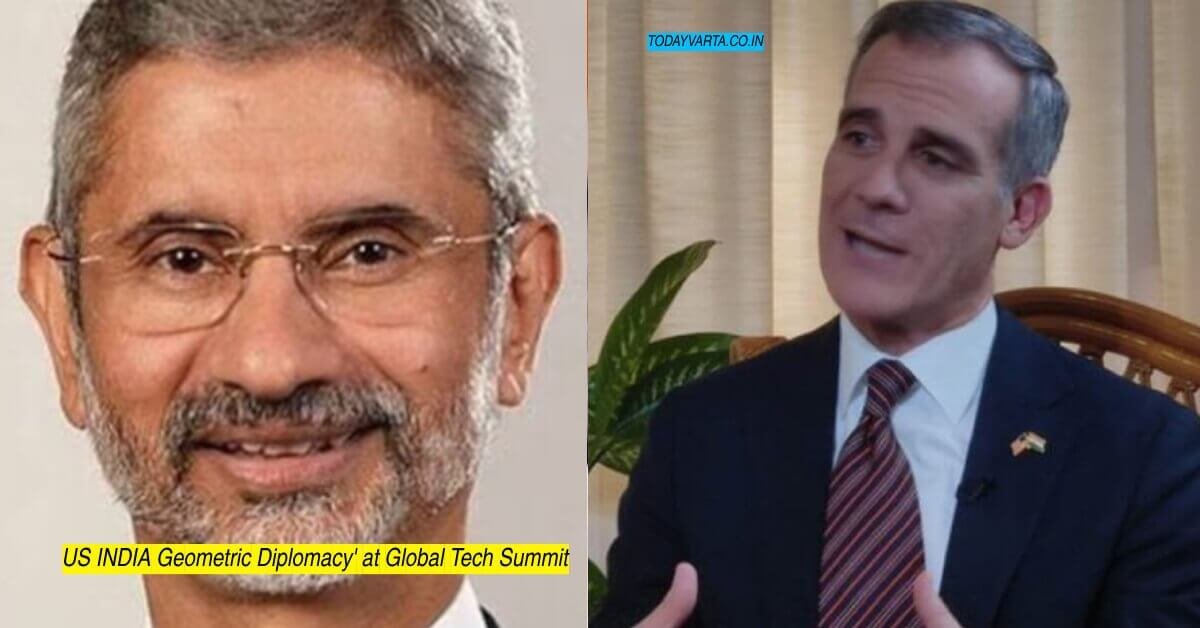Believe the US-India relationship is not additive. I believe it’s multiplicative. India loves what I call geometric diplomacy. Us and India, I think, are a force for good in the world together, not just for our countries. Let’s start with what the complete update is.
INDIA :
if you felt that India was in a place that could not absorb that de-risking, would that be a problem for the United States?
USA :
I think it would be a missed opportunity, but I think my honest answer to my Indian friends is no. But that’s not a reason why in any way we would withdraw from the work that we are doing or not push it as strongly as we can, because I do think it’s critical to the world. What do I mean by that? If we’re going to be just frank with each other, the US economy, about 2% of our economy depends on interaction with India. Just 2%. We’re seeing FDI not yet flowing in the rates I know India wants or that we would want to hear from China. It’s going to Vietnam, it’s going to Mexico. I think there’s still some really good conversations my Indian friends are having about what does it take not to make one-off exceptions for companies, but to fundamentally restructure how we tax inputs so we can have more outputs when it comes to manufacturing, because this is still the highest tax input major economy in the world. I get why. It’s not a criticism. There’s not enough taxpayers base. How do you raise revenues when you have a shortfall . It’s easier to do on outsiders, but it’s harming your own internal capacity to really be the manufacturing powerhouse that I believe India should be, that we want it to be, and that it is starting to accelerate to become, but it will require, I think, some fundamentally deeper changes. When I think about the US-India relationship, I think to the China point, a lot of people overstate that China is the reason we are together. I don’t believe that at all. I think it’s one of the most important pressing things we talk to and that we are aligned on.
But too often I was frustrated in Washington talking to people who would only say, Oh, US, India, China, or US, India, human rights, and nothing in between. Legitimate things to talk in both. Sometimes we’re aligned, sometimes we may have divergences or interpretations of divergence, but our relationship is 95 % about fundamentally other things. China is about deterrence. I talk about the four P’s, which is our mission on a mission here: peace, prosperity, planet, and people. I think it summarizes the entire agenda that we’re pursuing here and that many ways US and India are pursuing.
Peace is critical, but deterring war, respecting borders and sovereignty, making sure that we don’t have people who steal intellectual property, that we’re not overly dependent on any one place for a supply chain, that is a deterrent piece. Most of what we can do should not be because any third party brings us together. I believe the US-India relationship is not additive. I believe it’s multiplicative. We demonstrated that at G20 when it was more than just one plus one equals two countries. I think one plus one actually produced 20 countries together with the historic and strongest, deepest statement ever put forward by a G20. I wrote something down a second ago. It is not an alliance, but it is an ambition. We are not seeking to create a poll between the two of us, but a potential of what I see. India loves what I call geometric diplomacy: triangles, quadrilaterals. Because the multilateral space hasn’t been so friendly always to India, even though it’s led that sometimes. But when it gets too big, India gets lost. The bilateral comes with too many conditions. Us and India, I think, are a force for good in the world together, not just for our countries.
Recently, we had doctors come from Fiji, the largest training ever for something called the Trilateral Development Program that we have together with Ministry of External Affairs and our USAID, training doctors and nurses and medicine in the most remote parts of Fiji, trained by Indians, partially funded by Americans here in Delhi. Imagine us taking that to another dozen countries. Imagine taking India’s work on DPI with our technological prowess of putting things in the cloud and going to Pacific Island countries, African countries, maybe Southeast Asian countries and saying you can have digital ID, health, you can do digital payments based on what India has led on and this partnership together. Look at the quad, look at I2U2, which will come back and be important and strong, I believe. These are the places where I think this relationship is about so much more than some other country or a thread. It fundamentally is about us, how we look at ourselves and the potential and the hard truths you can say to each other. India tells us hard truths sometimes. You think our taxes are high here? Why are you writing the IRA and not letting us into critical minerals when you say you want us to be part of critical mineral supply chains in the future In our opinion, the IRA is too nationalistic towards us. Can we find preferred geography, preferred relationship? Maybe it’s not an alliance, maybe it’s not a poll, but it certainly is deeper than what we had yesterday and even today.
US FBI Director’s Visit to India Amidst Alleged Assassination Plot Probe
I am Atul Sharma, As a full-time blogger, my focus is on delivering news articles on this platform. Your visit to my blog is highly appreciated. Thank you!

